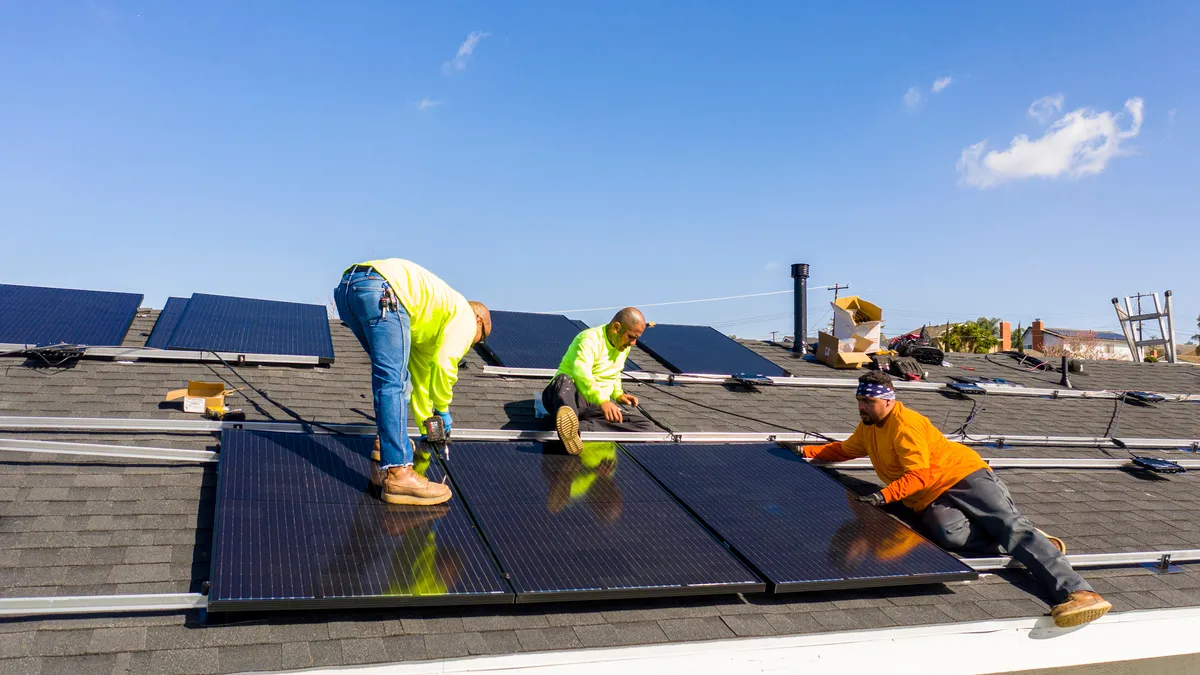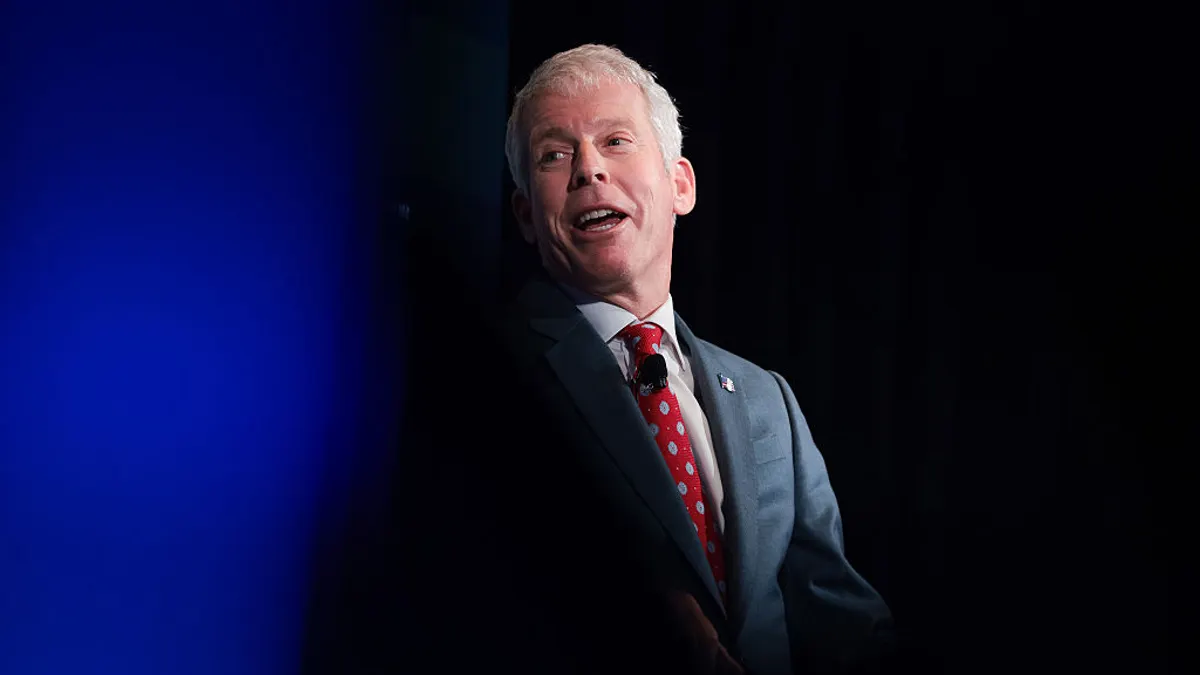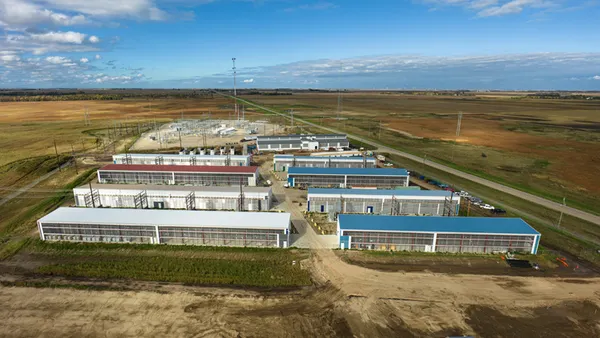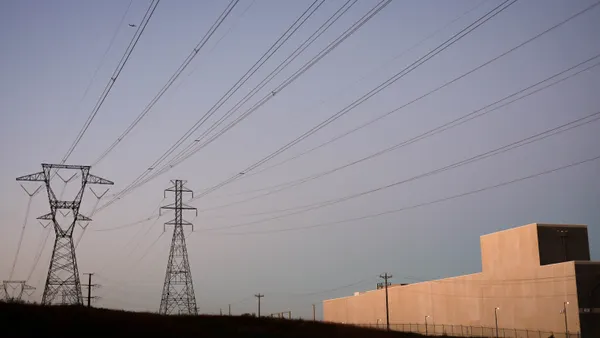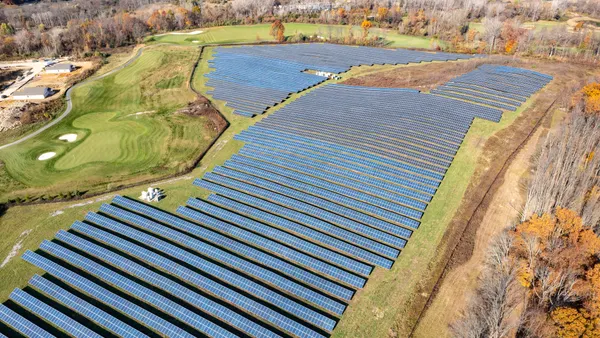Green finance is a broad, loosely defined capital markets term encompassing funding for a range of projects labeled sustainable. This category of work includes clean energy companies utilizing already commercial technology, new demonstration-stage technology with broad promise, and even companies tweaking and improving the environmental footprint of existing traditional asset bases. Green finance incorporates green bonds, sustainability bonds, sustainability-linked loans, and even social bonds.
All companies seeking to access the green finance market are doing so to broaden their investor base to attract the most efficient cost of capital possible in response to investor focus on these initiatives. While the absolute impact of accessing the loosely defined green finance investor base can’t be measured in all cases, undoubtedly, attracting more investors to participate in any capital raise will drive down the marginal cost.
Demonstrating access to the green finance market has potential reputational benefits for a wide set of constituents. For example, energy and utility companies certainly benefit from the ability to access green finance products not only for optimizing their cost of capital but also to demonstrate benefit in discussions and negotiations with their regulators and in marketing to their retail or industrial customers.
Even just being rated on the Bloomberg or MSCI indexes speaks volumes to companies’ constituencies. Differing standards on what constitutes a “green opportunity” is a challenge in targeting specific investors; buy-side investors have different standards, challenging companies to efficiently comply with shifting guidelines to qualify in certain situations.
So, whether they are focused on offsetting emissions, carbon capture, green hydrogen, or any number of other emerging green technologies and solutions, these companies are working to strike a delicate balance between being a good steward to their shareholders and meeting public and governmental calls for more environmentally sound practices.
Financing the energy transition
The first quarter of 2022 saw green bond issuance fall by nearly 35% to $83.8 billion. Still, experts forecast that the global green bond market could soar to $2.36 trillion by as early as 2023.
In 2021, the European Union (EU) issued green bonds worth $14 billion. And France alone has issued nearly $27 billion in green bonds since 2017. Today, though, the U.S. is the largest source of green bonds. But the EU stands poised to take over that title, with plans to issue $300 billion in green bonds through 2026.
It will take about $3 trillion of global investment annually to achieve the goal of the Paris Agreement, limiting the temperature to 2 degrees Celsius, according to the United Nations’ Intergovernmental Panel on Climate Change. We assume about half of that is going to be raised through debt just to maintain the existing capital structure. That’s $1.5 trillion in debt financing. Even if you keep just 50% of that, you’re at $750 billion in net new green bonds every year. The size of the buy is massive. It’s just a matter of deciding where you want to go with it and where you want to jump in.
Still, even with all the global focus being placed on sustainability, banks and private equity firms have spent three times more on oil-, gas-, and coal-related financing than green bonds since 2016. JPMorgan Chase, Citigroup, Bank of America, and Wells Fargo are the top financiers of non-green energy companies.
But that ratio is beginning to shift. 2021 was the first time that green financing outpaced fossil fuel funding.
Traditional downstream oil and gas companies, especially, are touting the fact that their capital is green and essential to achieving global decarbonization goals. If anything, the U.S. Inflation Reduction Act is going to juice up the trend toward green financing, so we’re going to have at least a few years of gas in this tank, so to speak. To make it sustainable for all parties involved, we just need some more structure around it.
What is a green bond?
Green bonds function in much the same way as regular bonds except that they are exclusively earmarked for projects with a positive environmental impact.
The first green bond was issued in 2007 by European Investment Bank, and the market has grown at a rate of approximately 95% since then.
So many frameworks, so little time
The trouble is there’s a real lack of consistency through which to view these green initiatives. And, in the absence of one clear overarching regulation, companies and industry associations are taking it into their own hands to develop frameworks for this purpose. For example, Enbridge recently created its own sustainability-linked bond framework. Today, there are dozens of disparate frameworks available by which bonds can be measured sufficiently green or not.
But even if you look at the scoring that Fitch Ratings or MSCI offers, they are only incremental products, and they are not alike at all. Everyone has their own scoring algorithm (they call it a score to avoid the governmental oversight that would come from calling it a rating). So, there is this massive rush to monetize this industrywide focus on decarbonization in the short term.
Our guidance: pick your focus and stick with it
As an industry, we need fair play, and we need comparison. We need to reach a consensus in order to have the ability to do apples-to-apples evaluations and avoid having various “shades of green” depending on which framework is being used.
As we work this out, though, we will, of course, have some collateral damage in terms of companies that have been labeling products “green” that weren’t actually green (when measured by new, consistent standards). Once there is a common set of regulations, these things will come to light, and the industry will have to figure out how to move forward.
Our advice to energy and utility companies stuck in this quagmire in the interim: In the absence of any overarching guidance from regulators, pick a framework from a reputable source (ICMA has a good one), and stick with it.
Reputation comes with consistency. To be successful, these companies should start building the infrastructure to make that possible, to do this for the next 10 years consistently.
Associations like the Edison Electric Institute (EEI) or the American Gas Association (AGA) could also make inroads in this conversation by encouraging their members to follow one consistent framework. That would be a great first step.
Everyone is trying to be a good steward of their organization, but that’s not enough. To build public confidence in the industry, we need to present as a cohesive industry that is hearing the calls for greener options and taking action to work toward that future.
Don’t get distracted by what other businesses are doing or what different organizations are saying. Pick a lane, stay there, and build the infrastructure you need to be consistent in the long term.
We’re in a situation where the enthusiasm for green energy is probably outstripping the business models for a lot of these types of projects. There will be many successes, but there will also be several opportunities for learning over the next few years. There will be a lot of capital incineration — just like there is with any kind of new investor interest. That’s just the equity risk that comes with this type of industry evolution.




